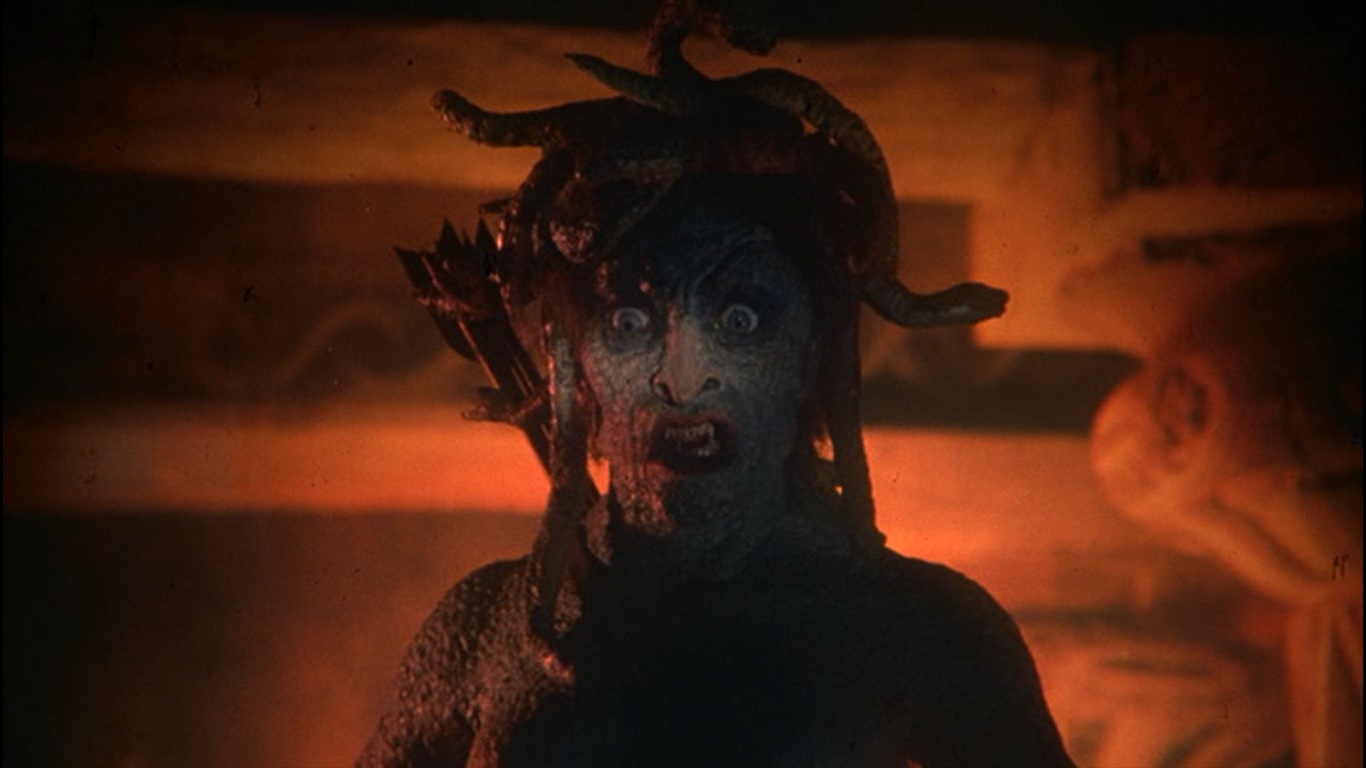Afraid our son wasn’t in the right frame of mind for tonight’s episode of The Saint. He said that he enjoyed all the fights – there’s a brawl about every six minutes – and didn’t like all the smooching, but he got lost in a plot detail. He’s done this before when he’s a little tired and overstimulated, but he convinced himself that the story’s macguffin was vitally important to his understanding of the plot. Plus he misheard “Process G” as something else, and stayed completely confused until he asked us to pause and explain why in the world some American company is going to pay an old man a million dollars for processed cheese.
Since he didn’t understand the macguffin, he decided the story was too complex for him and tuned out. It’s been a while, but I remember a New Avengers left him similarly stumped and bored. Interestingly, he realized afterward just where he misunderstood. He recited straight back to us a pretty good definition of a macguffin, that it’s merely the object that drives the plot and the action. Once he understood he was hung up on something unimportant, he conceded that he enjoyed the scraps.
And that’s a shame, because he could have enjoyed a good one, packed with great actors, with a very funny opening. It begins with Simon in a fancy hotel bar overhearing two young men mocking him, because he’s got the looks of a fellow upon whom damsels in distress throw themselves. Cue, immediately, a damsel in distress played by Annette Andre.
So Simon doesn’t give her story of death threats and macguffins any attention, congratulates the chaps on pulling a good gag, and has to run to her rescue because some villains, among them Peter Vaughan, Neil McCarthy, and Michael Robbins, really did send her that death threat because they want her father’s macguffin. McCarthy and Andre appeared together a few years later in a Randall and Hopkirk. Other familiar faces include Justine Lord as the maneater who wants to do all the smooching that bothered the kid, along with Ed Bishop, Geoffrey Keen, and David Jackson. That is a really terrific cast for a fun and entertaining story. Hopefully he’ll be less wired for the next episode, although I’m not expecting him to recognize Justine Lord in it since he tuned her out completely tonight.



















